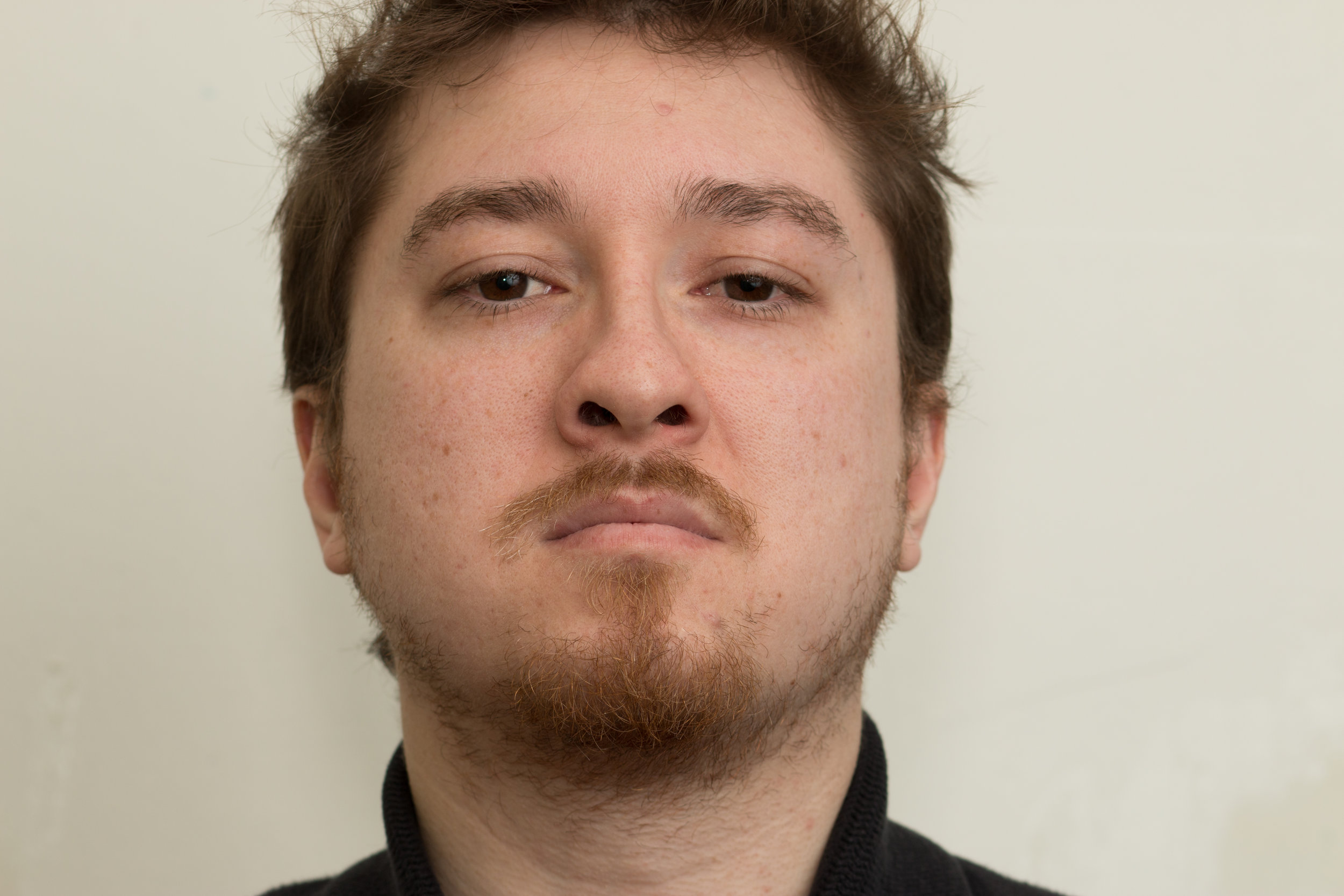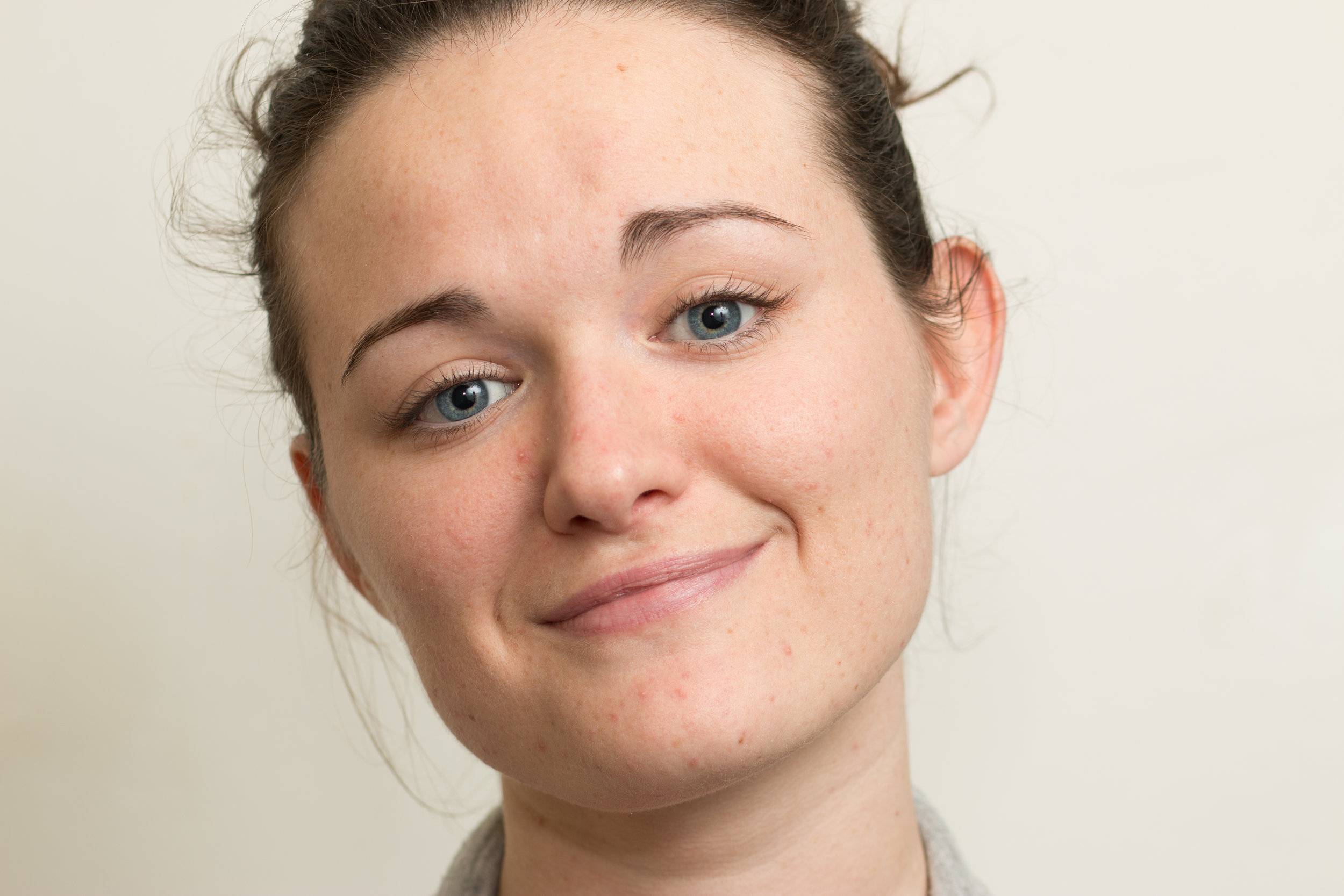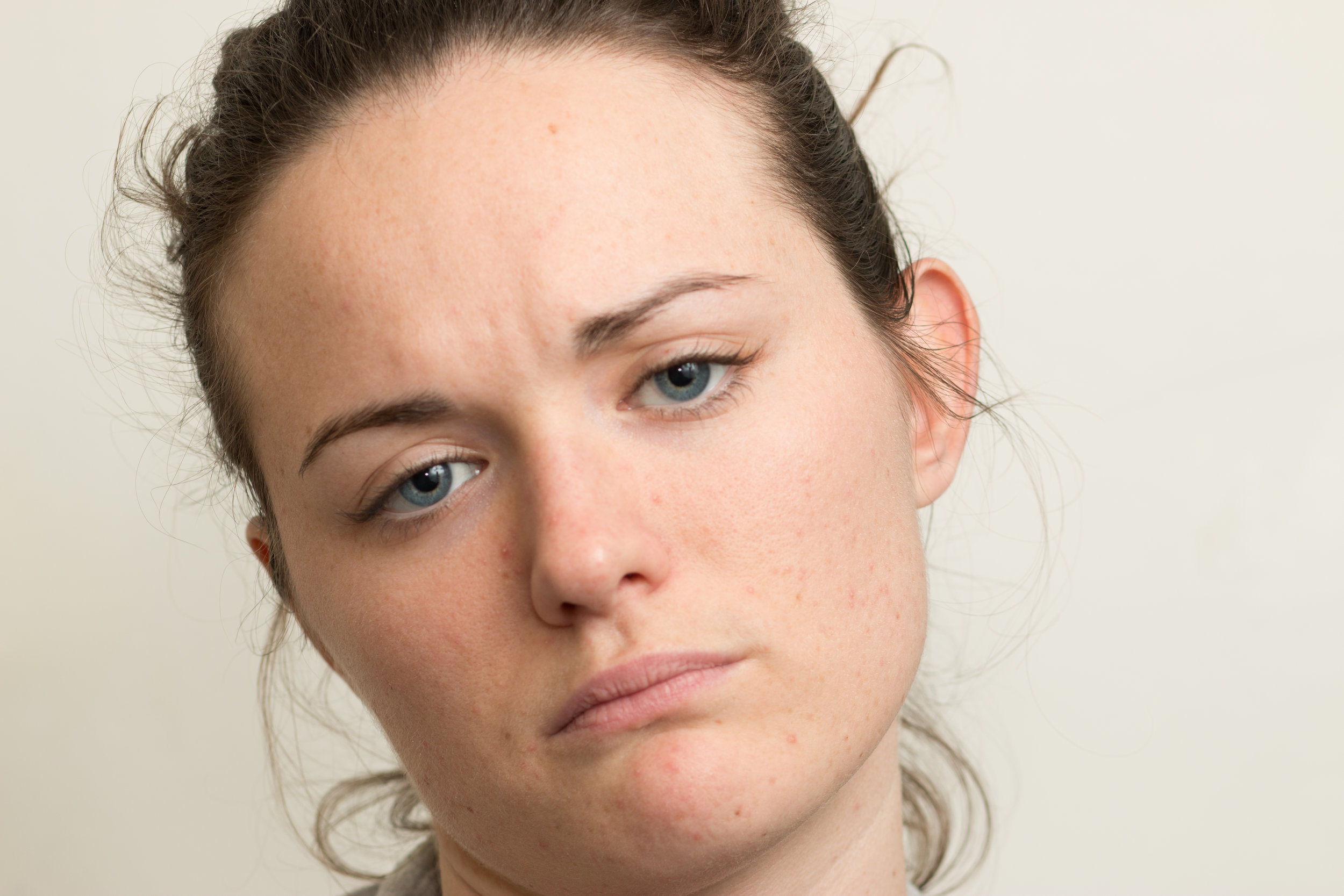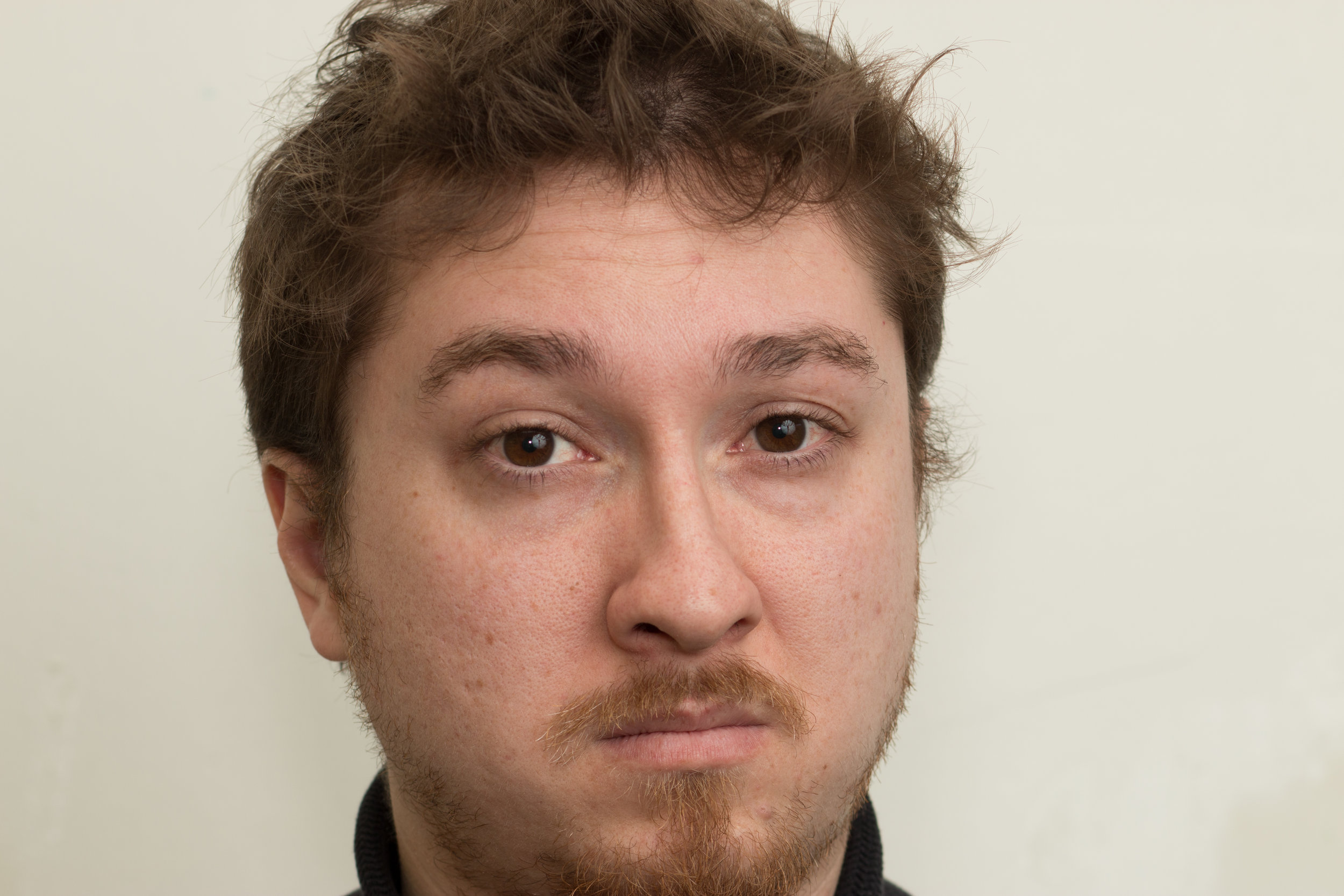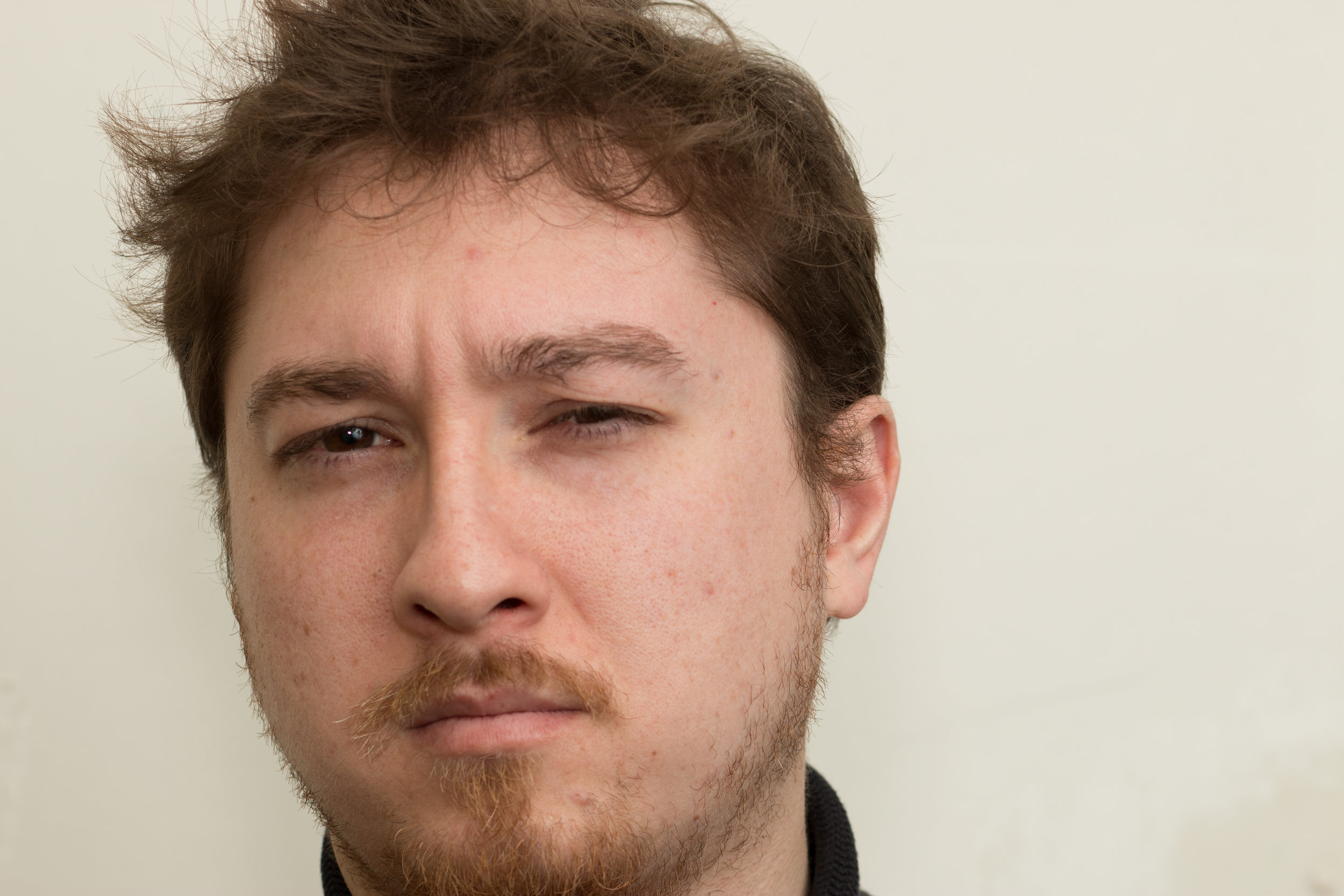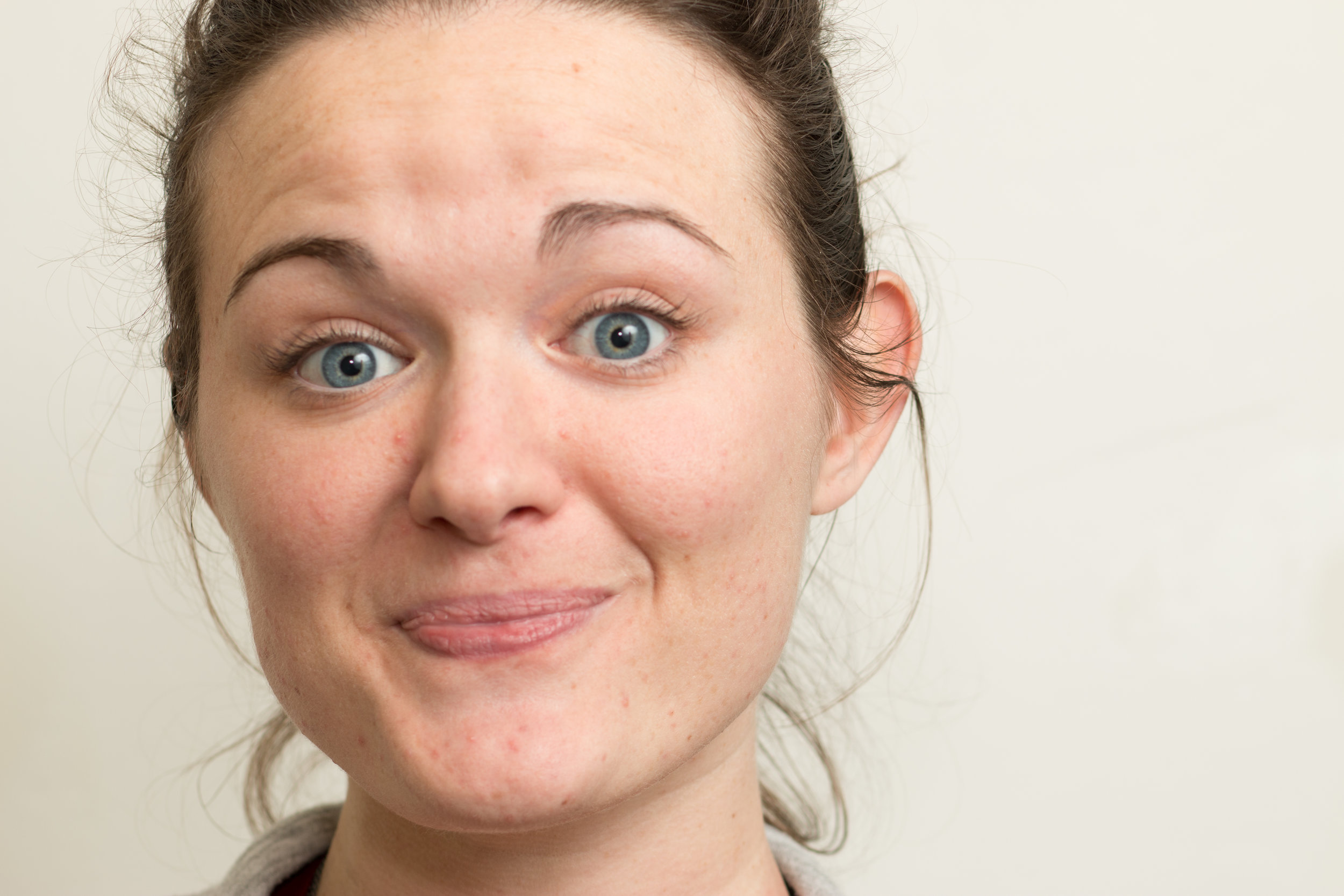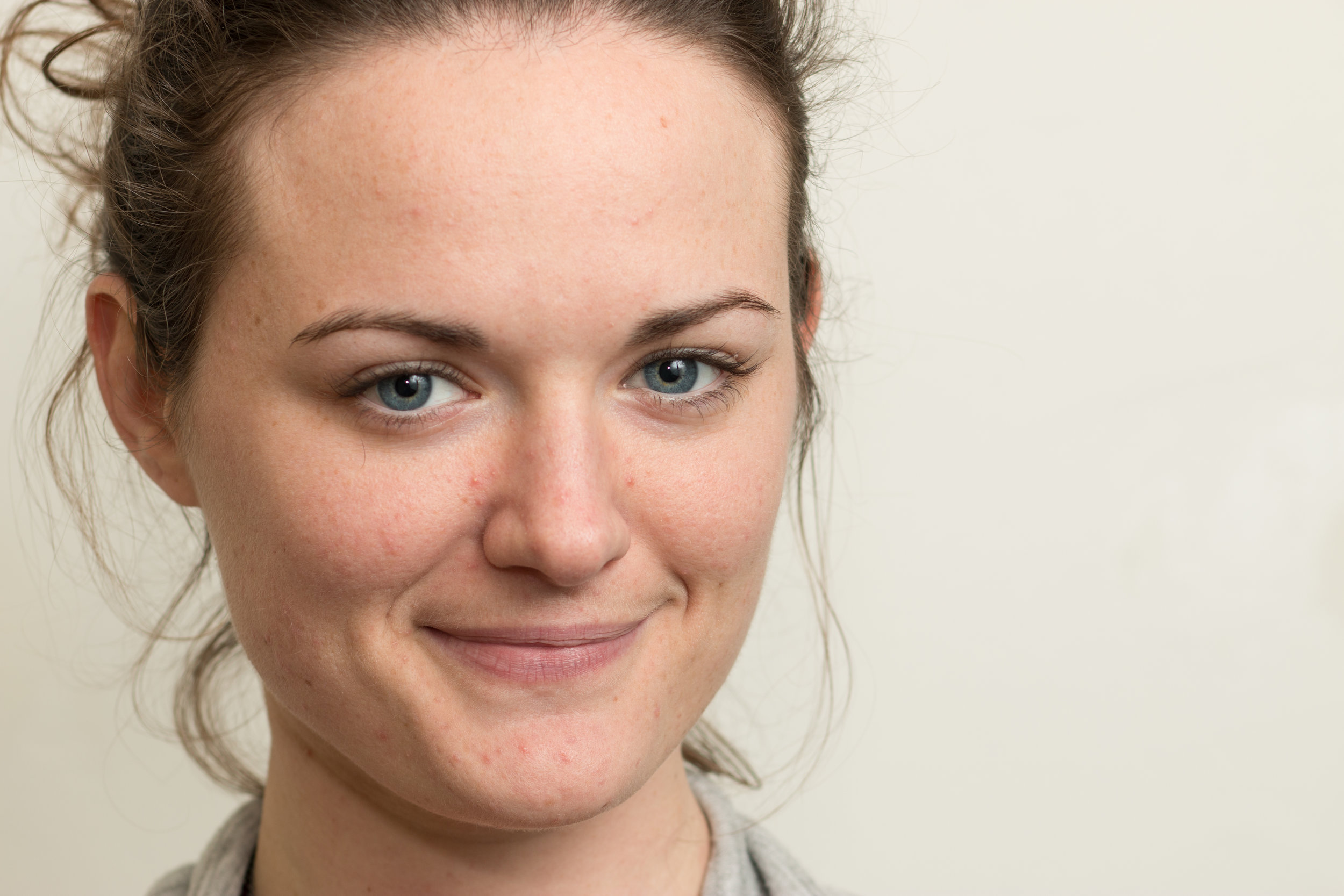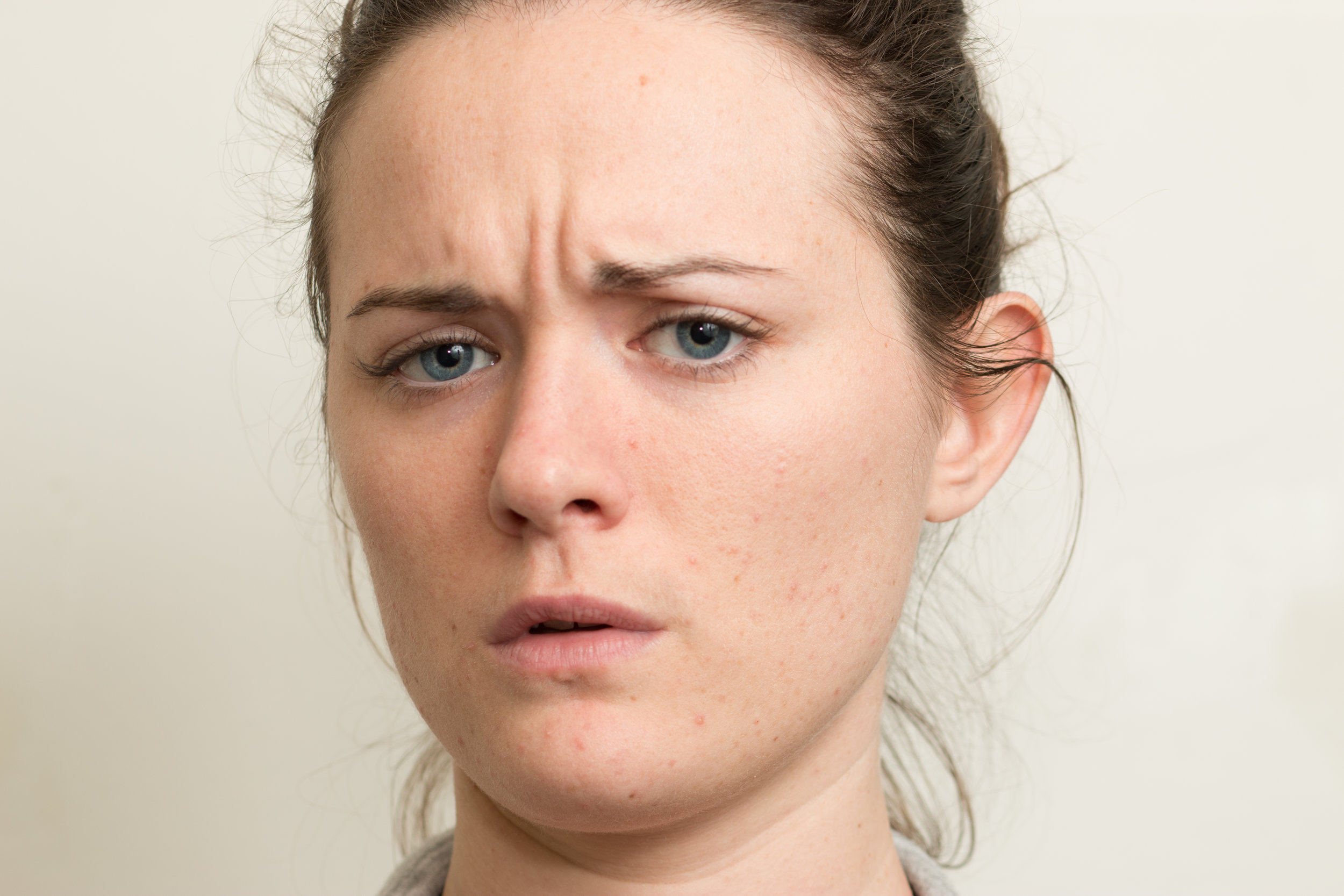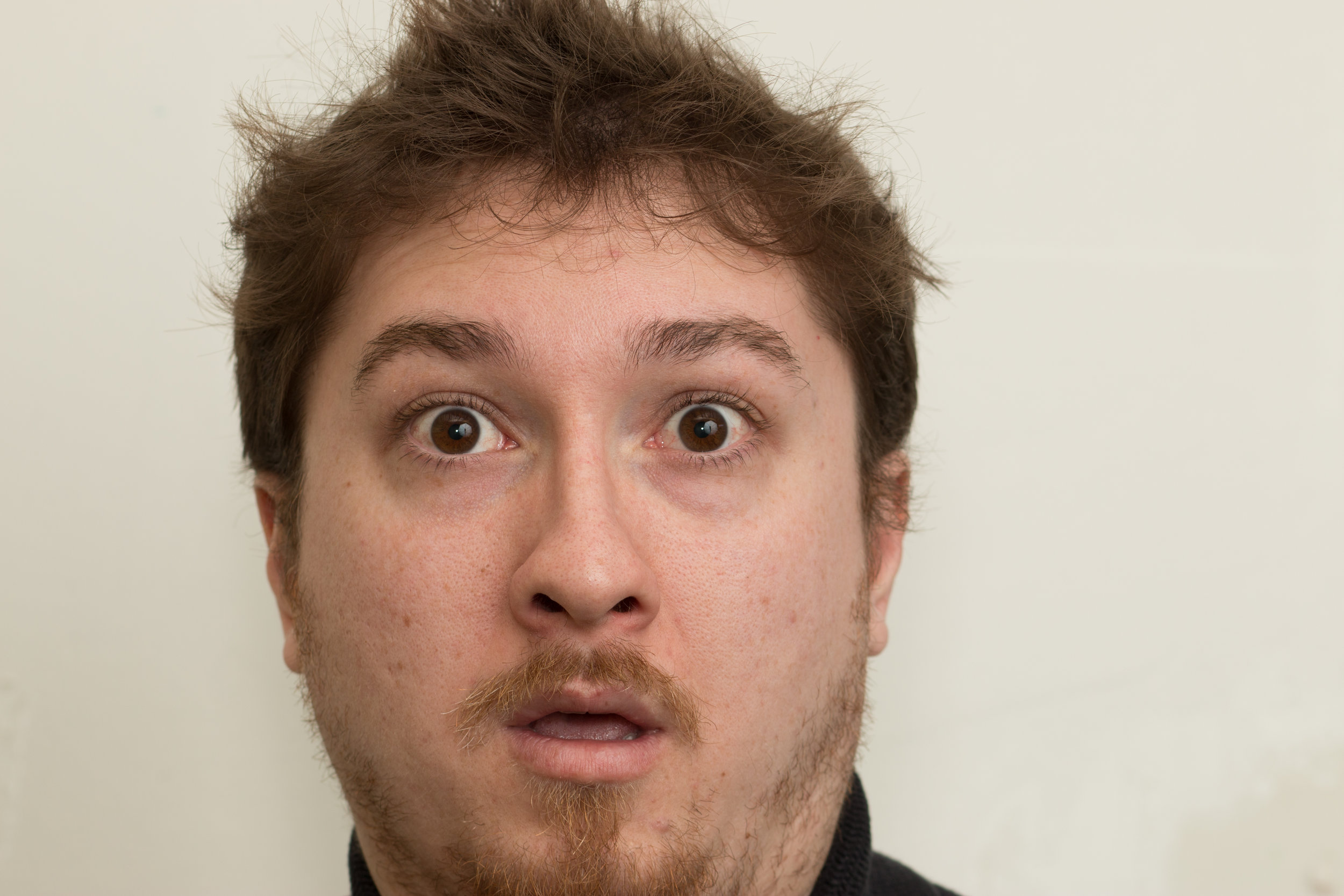Gunnar Schmidtmann, Alexandre Desjardins, Frederick A.A. Kingdom
Gunnar Schmidtmann, PhD
Lecturer in Optometry
School of Heath Professions
Plymouth University
Peninsula Allied Health Centre
Derriford Road, Plymouth, PL6 8BH
Tel: +44(0)1752587558
Email: gunnar.schmidtmann[at]plymouth.ac.uk
Web: Optometry Plymouth
The influence of face identity noise on face recognition in healthy subjects and patients with mild traumatic brain injury - an equivalent noise approach.
Schmidtmann, G., Wehbé, F., Sandra, D.A., Farivar, R.
McGill Vision Research, Department of Ophthalmology, McGill University
Schmidtmann, G., Desjardins, A., Kingdom, F.A.A., RF shape channels: The processing of compound Radial Frequency patterns. VSS, 2017 [POSTER]
Radial Frequency (RF) patterns are quasi-circular contours that are frequently used to investigate intermediate stages of shape processing. Combinations of RF patterns have been used to construct more complex shapes such as head contours. Previous studies have suggested that complex shapes may be encoded by multiple, narrowly-tuned RF shape channels. The aim of this study was to test the hypothesis that complex shape processing may be based on multiple, independent RF channels and to demonstrate the limitations such shape descriptors. Thresholds were determined for detection (circle vs. RF compound) and discrimination (RF compound vs. RF compound) of various weighted combinations (symmetrical and asymmetrical) of two RF components (RF3&RF5; RF3&RF8; RF4&RF7). If both RF components were processed by a common broadband channel, one would expect a substantial increase in sensitivity as the information from both components would be summed within the same channel (additive summation: AS). If the two components were processed independently by separate channels, one would expect only a slight increase in sensitivity for the compound compared to the components (probability summation: PS). The data were analyzed by a model for probability (PS) and additive summation (AS) under Signal Detection Theory (Kingdom, Baldwin & Schmidtmann, Journal of Vision, 15(5):1). Results show that summation of information from different RF components is consistent with AS. This suggest that the shapes tested here are processed by a broadly tuned mechanism. In addition, we demonstrate the mathematical limitations of RF patterns which make them an unlikely candidate for universal shape descriptors.
Sensitivity to Binocular Disparity is Reduced by Mild Traumatic Brain Injury
Gunnar Schmidtmann; Tatiana Ruiz; Alexandre Reynaud; Daniel P. Spiegel; Maude Laguë-Beauvais; Robert F. Hess; Reza Farivar
Purpose: The impairment of visual functions is one of the most common complaints following mild traumatic brain injury (mTBI). Traumatic brain injury–associated visual deficits include blurred vision, reading problems, and eye strain. In addition, previous studies have found evidence that TBI can diminish early cortical visual processing, particularly for second-order stimuli. We investigated whether cortical processing of binocular disparity is also affected by mTBI.
Methods: In order to investigate the influence of mTBI on global stereopsis, we measured the quick Disparity Sensitivity Function (qDSF) in 22 patients with mTBI. Patients with manifest strabismus and double vision were excluded. Compared with standard clinical tests, the qDSF is unique in that it offers a quick and accurate estimate of thresholds across the whole spatial frequency range.
Results: Results show that disparity sensitivity in the mTBI patients were significantly reduced compared with the normative dataset (n = 61). The peak spatial frequency was not affected.
Conclusions: Our results suggest that the reduced disparity sensitivity in patients with mTBI is more likely caused by cortical changes (e.g., axonal shearing, or reduced interhemispheric communication) rather than oculomotor dysfunction.
Schmidtmann G., Ruiz T., Reynaud A., et al. Sensitivity to binocular disparity is reduced by mild traumatic brain injury. Invest Ophthalmol Vis Sci. 2017; 58:2630–2635. [PDF]
(A) Individual qDSFs for the normative dataset (N = 61, Reynaud et al., Vision Res. 2015). (B) Individual qDSFs for the mTBI group (N = 22). (C) Average qDSFs expressed as the nonparamertic pseudomedian for the normative dataset in blue and the mTBI group in red. The shaded areas represent nonparametric 95% confidence intervals. *p < 0.05 Mann-Whitney U test. Figure 2 from Schmidtmann et al., IOVS, 2017
Sensitivity to binocular disparity is reduced by mild traumatic brain injury
Gunnar Schmidtmann, Tatiana Ruiz, Alexandre Reynaud, Daniel P. Spiegel, Maude Laguë-Beauvais, Robert F. Hess, Reza Farivar
Purpose: The impairment of visual functions is one of the most common complaints following mild traumatic brain injury (mTBI). TBI-associated visual deficits include blurred vision, reading problems and eye strain. In addition, previous studies have found evidence that TBI can diminish early cortical visual processing, particularly for second-order stimuli. We investigated whether cortical processing of binocular disparity is also affected by mTBI.
Methods: In order to investigate the influence of mTBI on stereopsis, we measured the quick Disparity Sensitivity Function (qDSF) in 22 patients with mTBI. Patients with manifest strabismus and double vision were excluded. Compared to standard clinical tests, the qDSF is unique in that it offers a quick and accurate estimate of thresholds across the whole spatial frequency range (Reynaud, Gao, & Hess, 2015, Vision Research, 113, 97–103).
Results: The resulting qDSF parameters (max gain and peak spatial frequency) in the mTBI patients were significantly reduced compared to the normative dataset (n = 61) introduced by Reynaud et al. (2015). The peak spatial frequency was not affected.
Conclusions: Results show that patients with mTBI may experience significant impairments in global stereopsis. We argue that the reduced disparity sensitivity in patients with mTBI is caused by cortical changes (e.g. axonal shearing, or reduced interhemispheric communication) rather than oculomotor dysfunction. The qDSF method may provide a rapid, valid, and economical tool to extensively characterize disparity sensitivity.
Nothing more than a pair of curvatures: A common mechanism for the detection of both radial and non-radial frequency patterns
Schmidtmann & Kingdom
Radial frequency (RF) patterns, which are sinusoidal modulations of a radius in polar coordinates, are commonly used to study shape perception. Previous studies have argued that the detection of RF patterns is either achieved globally by a specialized global shape mechanism, or locally using as cue the maximum tangent orientation difference between the RF pattern and the circle. Here we challenge both ideas and suggest instead a model that accounts not only for the detection of RF patterns but also for line frequency patterns (LF), i.e. contours sinusoidally modulated around a straight line. The model has two features. The first is that the detection of both RF and LF patterns is based on curvature differences along the contour. The second is that this curvature metric is subject to what we term the Curve Frequency Sensitivity Function, or CFSF, which is characterized by a flat followed by declining response to curvature as a func- tion of modulation frequency, analogous to the modulation transfer function of the eye. The evidence that curvature forms the basis for detection is that at very low modulation frequencies (1–3 cycles for the RF pattern) there is a dramatic difference in thresholds between the RF and LF patterns, a difference however that disappears at medium and high modulation frequencies. The CFSF feature on the other hand explains why thresholds, rather than continuously declining with modulation frequency, asymptote at medium and high modulation frequencies. In summary, our analysis suggests that the detection of shape modu- lations is processed by a common curvature-sensitive mechanism that is subject to a shape-frequency- dependent transfer function. This mechanism is independent of whether the modulation is applied to a circle or a straight line.
Gunnar Schmidtmann, Frederick A.A. Kingdom, Nothing more than a pair of curvatures: A common mechanism for the detection of both radial and non-radial frequency patterns. Vision Research, Volume 134, 2017, 18–25 [PDF]
The McGill Database for facial expressions and emotions is now available in German. The english terms have been translated by 5 independent native Germans.
Access the database here
Please contact gunnar.schmidtmann@mail.mcgill.ca for the password.
The Database is now available in English and French. The French terms have been taken from Prevost et al. (2014). The remaining 17 terms have been translated according to the methods described in Prevost et al. (2014), where the terms were translated first into French and then validated by two separate native French and native Quebecker speakers. The problematic items were revised and changed until both parties reached agreement on the meaning of the particular translations and their full equivalency with the corresponding English terms.
References:
Prevost, M., Carrier, M.-E., Chowne, G., Zelkowitz, P., Joseph, L., & Gold, I. (2014). The Reading the Mind in the Eyes test: validation of a French version and exploration of cultural variations in a multi-ethnic city. Cognitive Neuropsychiatry, 19(3), 189–204.
Access the database here
Please contact gunnar.schmidtmann@mail.mcgill.ca for the password.
Reading the Mind in the Blink of an Eye - A novel database for facial expressions
Gunnar Schmidtmann, Daria Sleiman, Jordan Pollock, Ian Gold
The ability to infer emotions, or mental states of others, referred to as theory-of-mind (ToM), has traditionally been understood as a slow, conscious process. It has recently been suggested that some aspects of ToM occur automatically. We aimed to investigate the automaticity of ToM with respect to specific emotional states. The ‘Reading the Mind in the Eyes’ Test (Baron-Cohen et al. 2001) was utilized. A 4-AFC paradigm was employed to test the ability to correctly judge the emotional state of peoples’ eye-region for different presentation times (12.5 to 400 ms, & indefinite). With the exception of the indefinite condition, the stimuli were always followed by a mask (neutral expression) with the same presentation time. Sensitivity to the stimuli increases with increasing presentation time up to about 75% correct response for 400 ms, but does not increase for longer presentation times. Moreover, despite consistent participants’ reports of guessing, they performed well above chance. These results support the hypothesis that judging complex facial expressions from just the eye regions is an automatic and unconscious process. Additionally, we introduce a completely new database of 93 different facial expressions, based on the terms used by Baron-Cohen et al. (2001). Two professional actors were recruited to interpret the facial expressions. High quality pictures were taken under controlled lightening and perspective conditions in front view and slightly rotated.
Access the database here
Please contact gunnar.schmidtmann@mail.mcgill.ca for the password.







